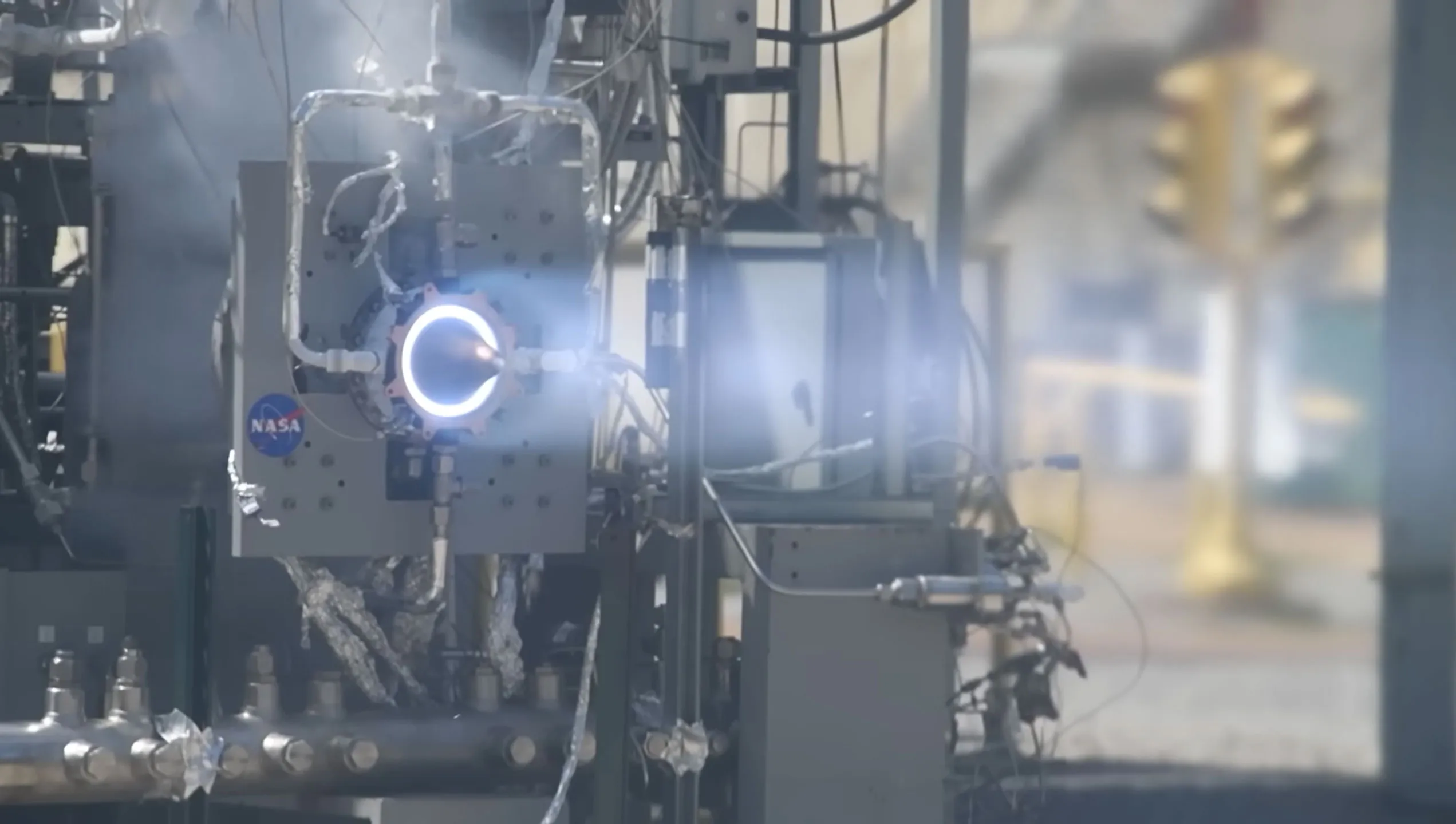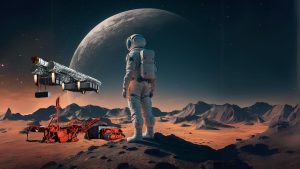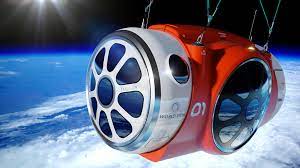New NASA Engine Could Get Astronauts to Mars
8th Jan 2024
NASA has recently announced the successful testing of a revolutionary rocket engine at the Marshall Space Flight Center. The prototype Rotating Detonation Rocket Engine, or RDRE, achieved 25,610 newtons of thrust for a duration of 251 seconds, setting unprecedented records for the technology. This is a notable improvement from the 17,800 newtons of thrust achieved in 2022.
The main objective behind this project is to manufacture a completely reusable 44-kilonewton class RDRE to enhance standard liquid rocket engines for moving heavy loads across the Solar System in a short amount of time. Ultimately, this engine has enough thrust to go to Mars.
According to propulsion system development and test engineer Thomas Teasley, who is also the project leader, there is a “huge leap” in design efficiency enabled by the RDRE.
RDRE Technology: A Breakthrough in Rocket Propulsion
The RDRE technology utilizes a sustained detonation circling a round channel, which is fueled by a combination of oxygen and fuel, set off by each recurring explosion. The engine has been under development for years and has undergone laboratory-based testing and experimentation since 2020. However, scientists have now demonstrated its stability and manageability, making it ready for use in rockets for space travel.
Notably, the RDRE requires less fuel compared to standard rocket engines. Moreover, its mechanisms and machinery are much more straightforward. These upgrades can make space exploration more affordable and effectively enable traveling larger distances. NASA has also utilized 3D printing technology to create customized components that can endure the extreme pressure and heat that are part of the RDRE design.
The engineers responsible for the test now better comprehend how the engine’s combustor could be adapted and scaled to handle varying degrees of thrust, different engine systems, and mission classes.
Although many obstacles remain, NASA hopes to land the first humans on planet Mars in the 2030s. The RDRE’s efficient propulsion system may help overcome one of the most significant hurdles.
According to Teasly, the successful test of the RDRE technology shows that lightweight propulsion engines are closer to completion. This could enable sending more payload and mass further into the depths of space, which is vital to NASA’s long-term goal to travel to Mars.







Thank you for your comment! It will be visible on the site after moderation.